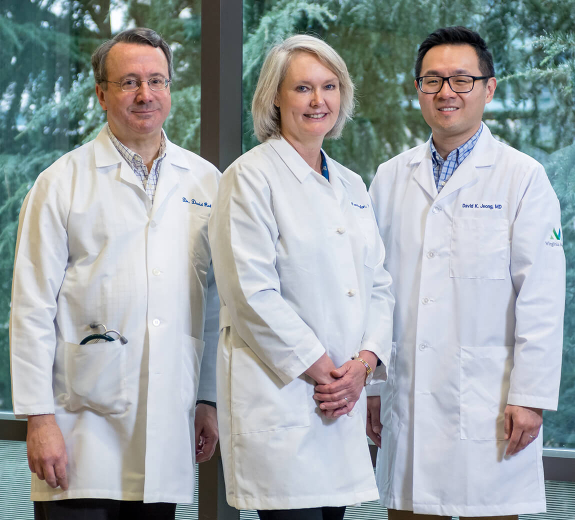For the second part of the study, samples from two ongoing clinical trials will be investigated to pave the way for personalized medicine in food allergy. “If we can identify the key peanut protein fragment recognized by an individual’s immune response, we can determine whether that patient will experience less of a side effect from that therapy,” says Dr. Kwok.
Effectiveness of Treatment
According to Dr. Wambre, “The goal is to follow patients currently receiving treatment to look at the differences in immune response between groups of patients and understand how that response correlates with treatment effectiveness and side effects that the patients experience.”
What they discover could guide the design of a new strategy for immune intervention and provide a framework for applying precision medicine in peanut allergy. This study will also allow researchers to identify whether there are differences between children and adults receiving the same kind of therapy for peanut allergy.
“This will be the first demonstration that peanut allergy may no longer be considered a single entity with a ‘one size fits all’ approach to treatment,” states Dr. Linsley, who leads the data science core that serves as the bridge between the two parts of the study. His team provides state-of-the-art technology and data analytics, incorporating BRI’s tetramer tool, developed by Dr. Kwok, and single cell transcription, which allows researchers to isolate cells that recognize peanut protein. Those cells’ qualities are then analyzed by Dr. Linsley’s team.
Major Advances
Benaroya Research Institute scientists have been involved in several major food allergy-related discoveries in the last couple years. These include BRI’s 2017 TH2A allergy cell discovery and the 2016 Immune Tolerance Network-sponsored LEAP clinical trial to prevent peanut allergy in children. Also, Drs. Kwok, Wambre and Robinson have teamed up to publish at least 16 papers in the area of allergy. Since 2016, Virginia Mason and BRI have been members of the Food Allergy Research and Education (FARE) Clinical Network.





